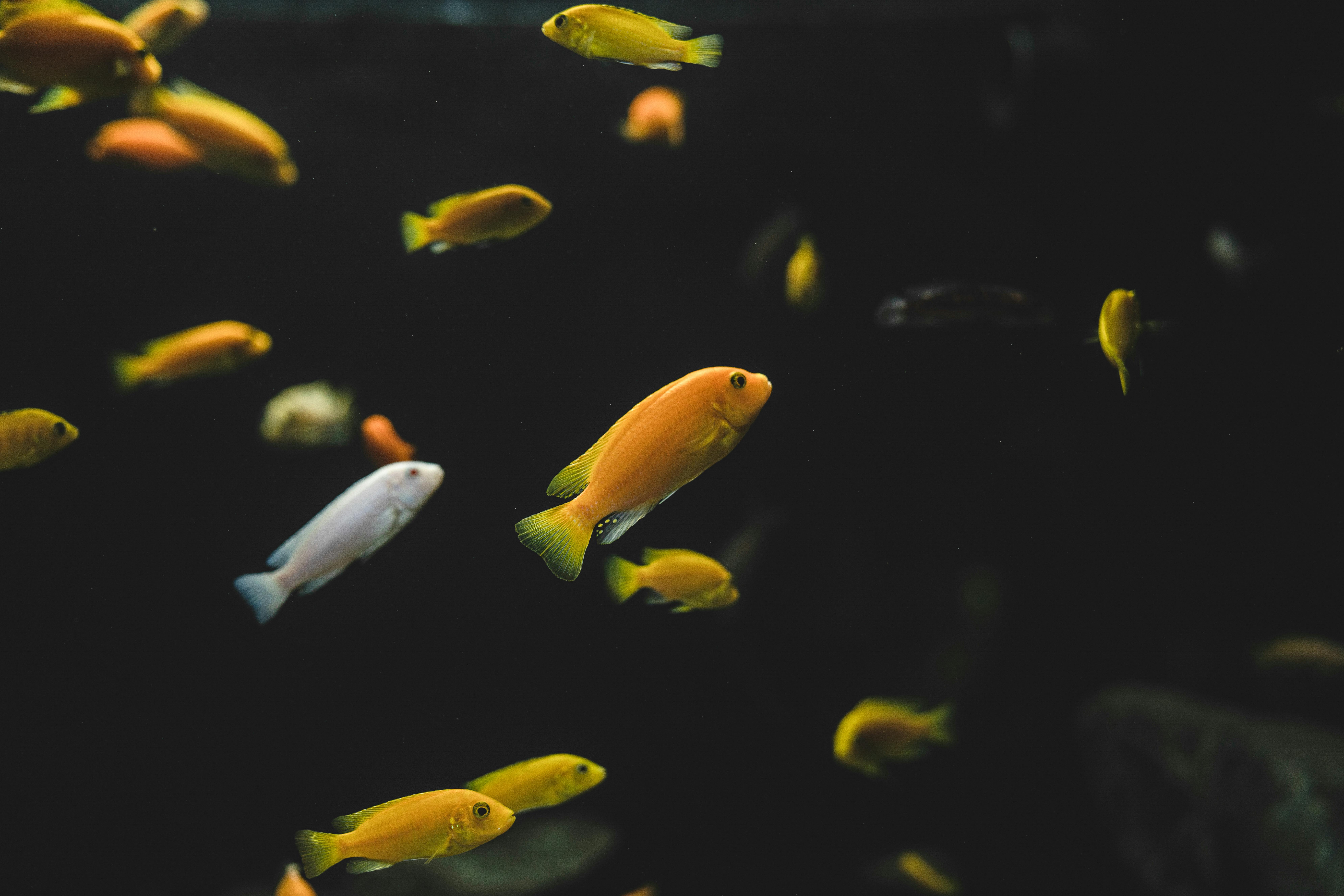
Top 5 Ways to Improve Your Fishkeeping in 2025
As we step into 2025, the world of fishkeeping continues to evolve, driven by advancements in technology, a deeper understanding of aquatic ecosystems, and a growing community of passionate fish enthusiasts. Whether you are a seasoned aquarist or just starting your journey, implementing effective fishkeeping practices can drastically enhance the health and happiness of your aquarium inhabitants. This article aims to outline the top five ways to elevate your fishkeeping experience this year.
From selecting compatible fish species to understanding the intricacies of fish behavior, these tips will cover essential aspects that every fish hobbyist should consider. Additionally, we will delve into proper aquarium setup, maintenance, and the best practices for promoting a thriving fish environment. Read on to discover how to make your fishkeeping endeavors successful!
Key takeaways will help you navigate the complexities of fish breeding, fish healthcare, and establishing a balanced tank ecosystem.
Essential Aquarium Setup for 2025
Building upon the fundamentals of effective fishkeeping, a well-planned aquarium setup is crucial for the health of freshwater and saltwater fish. Choosing the right fish tank size and equipment is the foundation of creating a flourishing aquatic habitat. Begin with selecting a suitable location that ensures stable lighting and minimizes temperature fluctuations.
Choose an aquarium tank that accommodates the species you wish to keep. For instance, community tanks can host various fish species like guppies and corydoras, while larger tanks may be necessary for predator fish like clownfish or discus fish. Essential aquarium supplies include high-quality filtration systems, appropriate heating equipment, and essential aquarium furniture such as gravel, rocks, and plants. Proper fish tank decorations not only provide hiding spots for shy fish but also contribute to the overall aesthetic appeal of your aquarium.
Once the setup is complete, run the tank for a couple of weeks before introducing any fish. This process, known as fish tank cycling, helps to establish beneficial bacteria that support water chemistry, ensuring the fish have a safe environment.
Choosing the Right Fish Species
Connected to aquarium setup, selecting the appropriate fish species is pivotal for maintaining harmony within your tank. Different fish have varying requirements for space, social interaction, and water parameters. Understanding fish compatibility can guide you in creating a balanced community tank that thrives.
Start by researching common freshwater fish species and their behavioral patterns. For instance, betta fish are known for their territorial nature, while tropical fish like tetras and angelfish are generally sociable. Utilize fish compatibility charts to aid in your selection process.
When purchasing fish, opt for reputable fish supply shops that prioritize fish health management and are transparent about their fish acclimation processes. Remember, the goal is to create a vibrant aquatic ecosystem, so pay careful attention to the needs of each species and how they will interact with others in the tank.
Understanding Fish Behavior and Health
With the foundational setup established, a vital area to focus on is understanding fish behavior, which can significantly impact fish care. Observing your fish daily can help identify signs of stress or illness that may go unnoticed. Common fish diseases prevention starts with recognizing symptoms early, which includes behavior such as hiding, lethargy, or abnormal swimming patterns.
Fish health monitoring techniques involve regular water quality checks, ideally maintaining balanced pH levels and monitoring nitrates in aquarium water. A well-balanced diet is equally important—providing varied fish food sources, such as live or frozen fish food, promotes strong immunity and growth rate in your aquatic pets.
Implementing Sustainable Fishkeeping Practices
Building on the previous discussion, incorporating sustainable practices in fishkeeping has become increasingly essential in 2025. Emphasizing the importance of sustainable fishing practices ensures the preservation of aquatic biodiversity and promotes ethical fishkeeping behavior.
For fish enthusiasts, understanding how to choose aquarium fish responsibly includes researching the environmental impact of purchasing fish from specific regions and the parameters of aquaculture. Many fish such as koi fish and specific cichlids can be bred in systems that minimize environmental harm, supporting sustainable fish habitats.
Moreover, incorporating aquaponics is a breakthrough in sustainable fishkeeping that harmonizes fish farming with plant growth, creating an efficient closed-loop ecosystem. This technique not only benefits fish health with improved water quality but also contributes to global food sustainability efforts.
Common Fish Diseases and Treatments
Transitioning into health management, our awareness of common fish diseases and symptoms is crucial for maintaining aquatic life. Each species is prone to specific ailments—betta fish, for example, often suffer from fin rot when tank conditions deteriorate, while tropical fish might encounter ich, a common parasitic infection.
Implementing an effective fish diseases treatment plan involves quarantining infected fish and using medicated treatments as necessary. Regular health assessments combined with a schedule for fish quarantine will help to minimize outbreaks within the tank. A proactive approach to fish care, focusing on prevention, ensures long-term success in keeping fish healthy.
Effective Fish Feeding Techniques
Lastly, understanding the specifics of fish feeding techniques enhances both the quality of life and lifespan of fish in your tank. Each species has unique nutritional requirements, so it’s important to create a balanced fish diet that aligns with their natural eating habits. For example, schooling fish like tetras thrive on a varied diet that includes flake food, while carnivorous fish like angelfish benefit from high-protein diets using pellet or freeze-dried options.
Implementing proper fish feeding schedules will minimize uneaten food that can lead to deteriorating water conditions. Observing your fish during feeding times can also indicate health status—vigorous appetites usually suggest good health. Be mindful of overfeeding, as this can lead to health issues and tank maintenance problems.
Final Thoughts and Tips for Successful Fishkeeping
In conclusion, adopting these top five ways to improve your fishkeeping in 2025 lays the groundwork for a thriving aquarium environment. From setting up your tank and selecting compatible fish to understanding their behaviors and ensuring their well-being, these practices promote a healthy and sustainable aquatic ecosystem.
By focusing on the essentials, aquarists can navigate common challenges, mitigate risks associated with fish diseases, and enhance the overall beauty and functionality of their tanks. For those looking to dive deeper into specific topics such as fish breeding techniques or advanced tank cycling processes, engaging with the aquarist community and reading expert guides can be immensely beneficial. Happy fishkeeping!

 ```
```